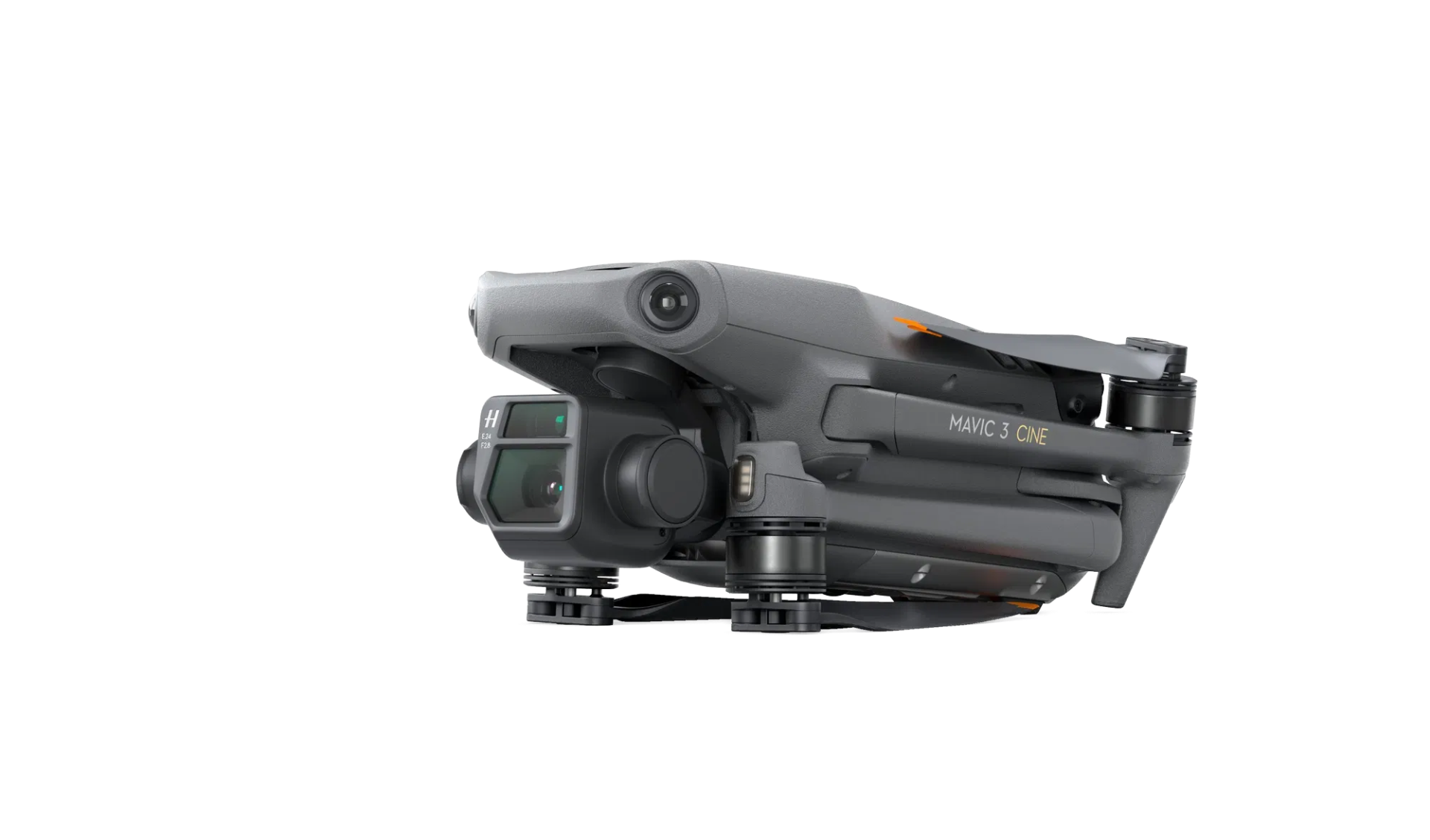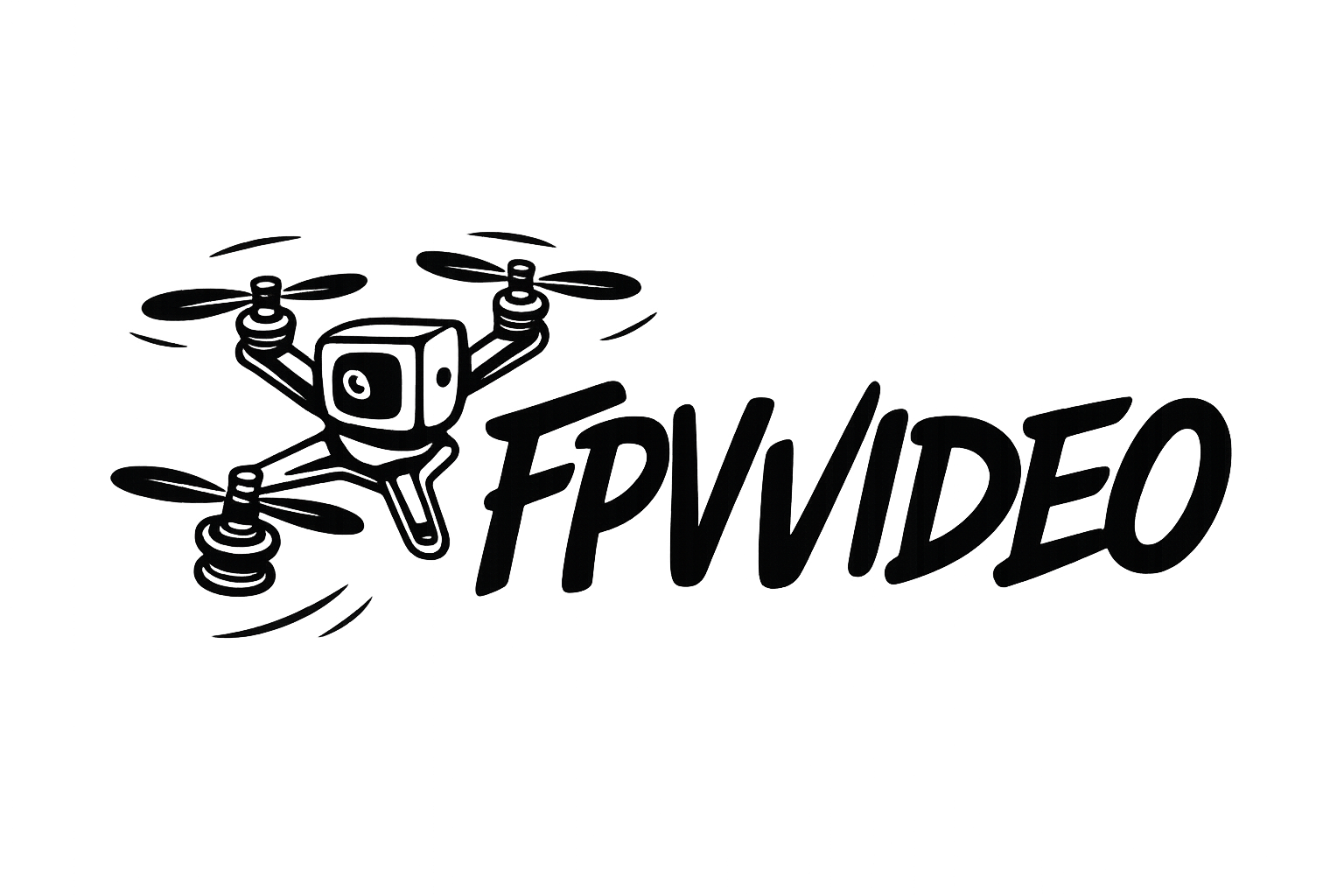Why Drones Don't Record Sound and How to Sync Audio with Video

Why Drones Don't Record Sound and How to Sync Audio with Video
When operating FPV drones for aerial video, many enthusiasts and professionals often ask why drones do not capture usable sound directly. Even with high-end DJI drones and cinematic models designed for precise filming, capturing clear audio on the drone itself is practically impossible. The primary reason lies in the intense noise generated by propeller airflow and the motors, which completely overwhelms any spoken words, dialogue, or environmental sounds during filming. This is a challenge encountered consistently in drone operations across Prague, Central Bohemia, the Czech Republic, and Slovakia, whether filming technical inspections, real estate, promotional videos, or cinematic FPV flights.
While modern FPV drones allow mounting action cameras or even larger cine cameras capable of recording audio, the direct sound captured on the drone remains dominated by rotor and engine noise. As a result, it is unusable for professional projects, including high-quality aerial photography, video production, and inspection documentation. Even the most advanced models cannot replace dedicated external audio capture systems, making external microphones essential for any professional production.
Solution: External Microphones
High-quality audio for FPV and aerial video production is therefore recorded separately from the drone. The most common and reliable solutions include:
- Lavalier microphones: compact clip-on microphones attached to clothing, ideal for interviews, presentations, and spoken narration during inspections or events.
- Shotgun microphones: directional microphones designed to capture focused sound from a specific source while minimizing background rotor noise or environmental interference.
- Other microphone types: handheld, wireless, conference, or specialized isolating microphones chosen depending on the specific project, location, and desired audio quality.
This audio is later synchronized with the drone footage during post-production to ensure that the final recording appears cohesive, natural, and professional, even for technical inspections, promotional content, or cinematic FPV sequences.
Clapperboard and Audio Synchronization
For precise alignment of audio with video, a clapperboard is used as a standard tool. When the clapperboard closes, it generates a clear and distinct sound that is captured by external microphones while also providing a visible frame reference in the video. During post-production, this exact moment can be aligned, ensuring perfect synchronization between all audio sources and the visual footage. This process is critical for projects involving interviews, events, real estate presentations, technical inspections, or multi-angle FPV video production.
In practice, a simple hand clap can substitute for a traditional clapperboard, providing a quick and effective reference point for syncing audio with video. The combination of clean external audio and rotor-free drone footage allows the final product to retain the immersive perspective of FPV flights while delivering professional sound quality suitable for online platforms, social media, and professional presentations.
Benefits of Professional Audio Synchronization
- Clear, high-quality audio without interference from drone rotor noise.
- Accurate synchronization of audio and video for technical inspections, FPV cinematography, or marketing videos.
- Ability to combine multiple audio sources simultaneously for interviews, reports, or live events.
- Consistently professional results that are suitable for commercial, educational, or cinematic FPV projects.
Using these methods, drones remain the primary source of aerial visuals, while audio is captured independently with high fidelity. With proper synchronization using clapperboards and external microphones, the final output combines stunning FPV perspectives, detailed aerial footage, and professional sound, providing a complete and polished audiovisual experience that is effective across Prague, Central Bohemia, throughout the Czech Republic, and even Slovakia.


